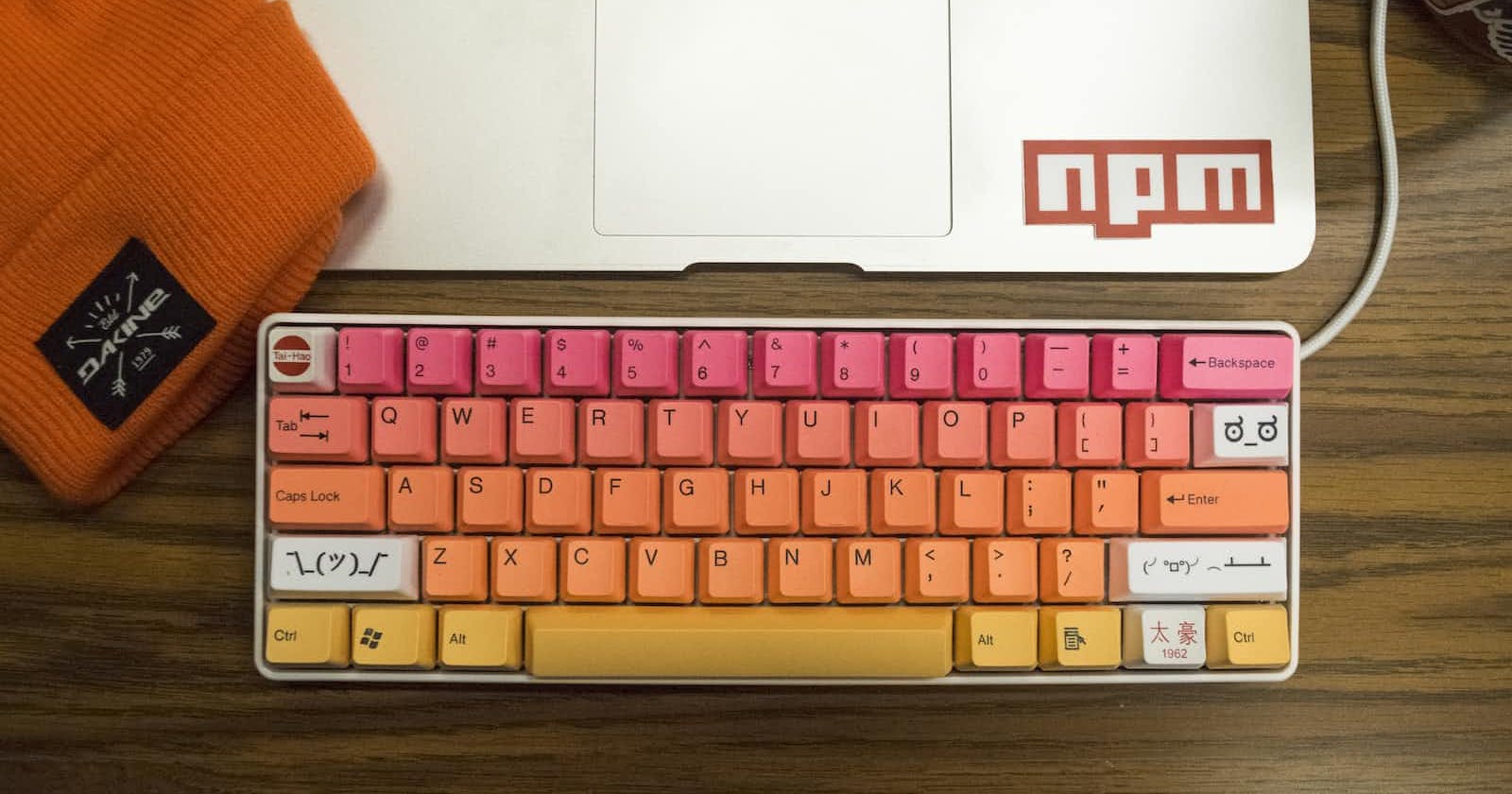Before understanding closure, we have to understand one thing first,
The closure is not something we can create, it's just a JavaScript feature that happens automatically.
Ok now, Let's understand it in a straightforward way(Because closure is not as complex as it looks)
A function has access to the variable environment of the execution context in which it was created, even after that execution context no longer exists in the call stack.
Or, A closure makes sure that a function doesn't lose connection to variables that existed at the function's birthplace, event after the birthplace(execution context) is gone.
Example
const booking = function(){
let passengerCount = 0;
//functions's birthplace
return function(){
passengerCount++;
console.log(`${passengerCount}` passengers);
};
};
const booker = booking();
booker() // 1 passenger
booker() // 2 passenger

